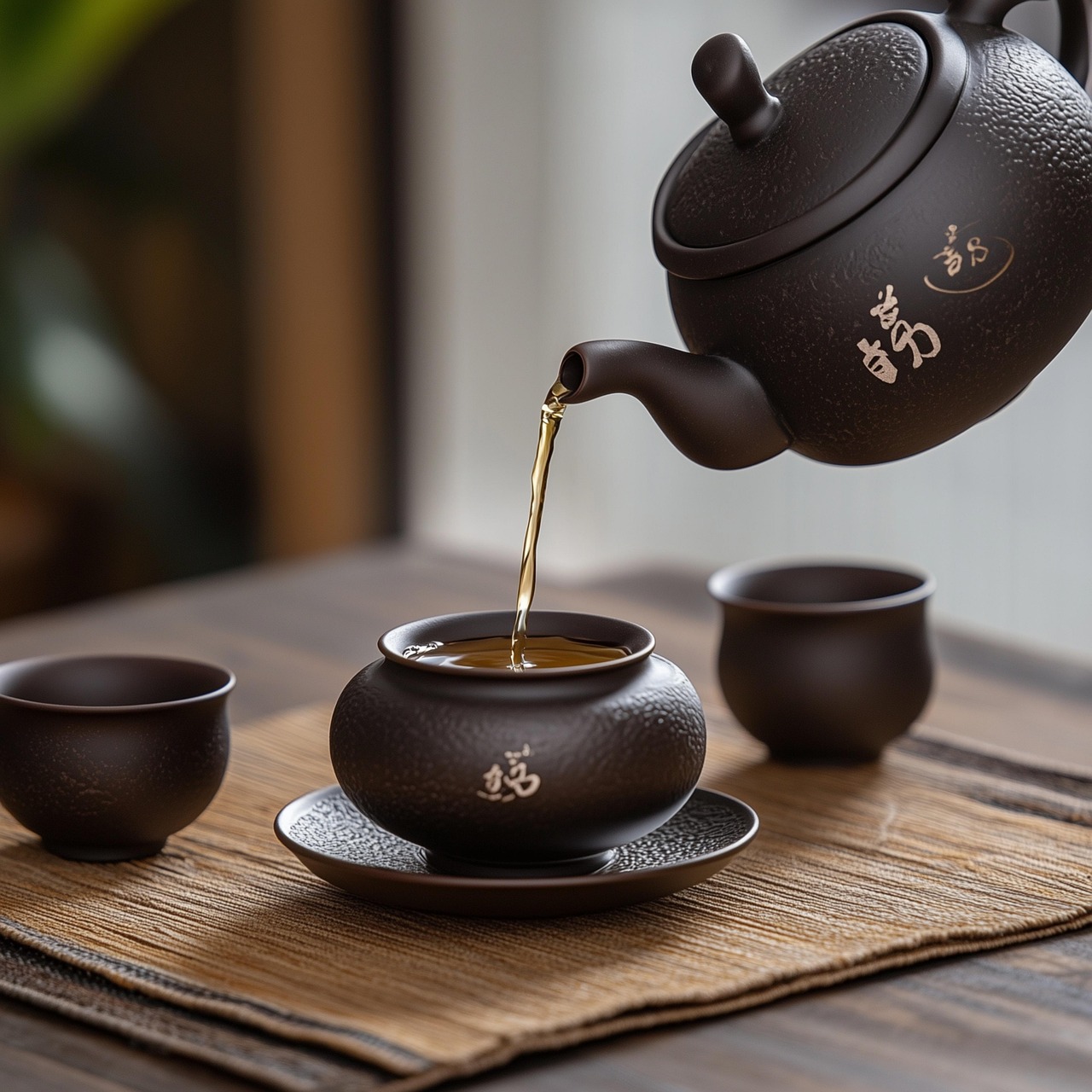Exploring Chinese Tea Culture and Philosophy
The appreciation of tea in Chinese culture is a rich tapestry woven from philosophy, history, health practices, and spiritual reflection. The view of the Five Elements Theory (Wu Xing) offers a poetic and symbolic lens through which to view tea's significance. Here's a more profound exploration:
1. The five Elements and tea Ritual(showed in the right)
Metal, Earth, water, fire and wood. This interplay reflects the Taoist-Buddhist ideal of balance and cyclical harmony, making tea preparation a microcosm of cosmic order.
2. Health and Longevity
Tea has long been valued in Traditional Chinese Medicine (TCM) for its detoxifying and restorative properties. Varieties like green tea (抗氧化剂, antioxidants) and pu-erh (digestive aid) are believed to align with the body’s qi (气), promoting wellness and longevity.
3. Historical and Social Roots
Tea's documented use in China dates back over 4,0000 years, evolving from a medicinal herb to a daily staple by the Tang Dynasty(618-907 CE).
The "Classic of Tea"(《茶经》) by Lu Yu (8th century) codified tea culture, linking it to Confucian etiguette, Daoist contemplation, and scholarly refinement.
Sharing tea fosters social bonds, whether in family gatherings, business negotiations, or ceremonial occasions like weddings.
4. Spiritual and Meditative Dimensions
Tea drinking is often a meditative practice, echoing Zen Buddhism’s emphasis on mindfulness. The act of brewing and sipping tea becomes a ritual of presence, where one savors simplicity and tranquility—a "state of mind" that transcends the mundane.
5. Cultural Identity and Aesthetic Appreciation
Tea artistry of tea sets, calligraphy, and tea-serving rituals reflects China's aesthetic heritage. regional diveristy(e.g., oolong from Fujian, Longjing from Zhejiang, Xianhao from Hanzhong) showcases local terroir and craftsmanship, deepening cultural pride.
In Essence
While the Five Elements framework is one interpretive thread, tea’s enduring appeal lies in its ability to intertwine philosophy, health, community, and spirituality. It is both a daily comfort and a gateway to deeper harmony—an embodiment of the Chinese saying, “茶禅一味” (“Tea and Zen share one flavor”).
Cheers to this timeless tradition! 🍵

